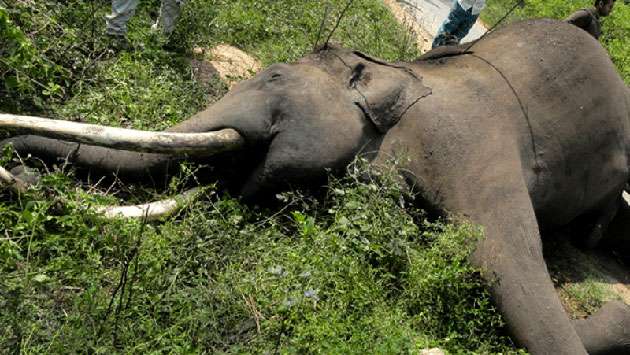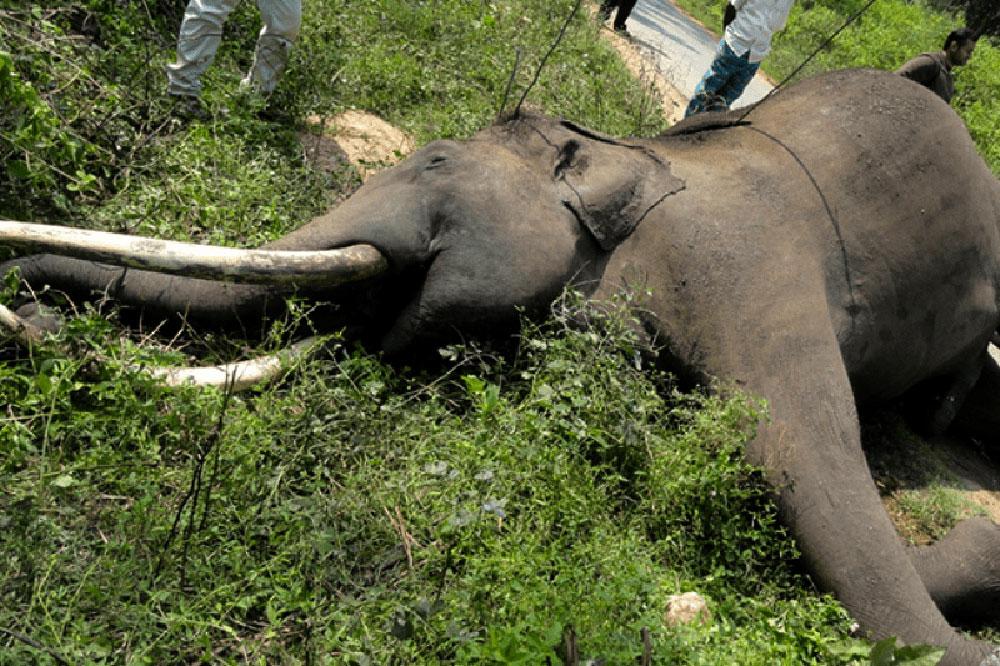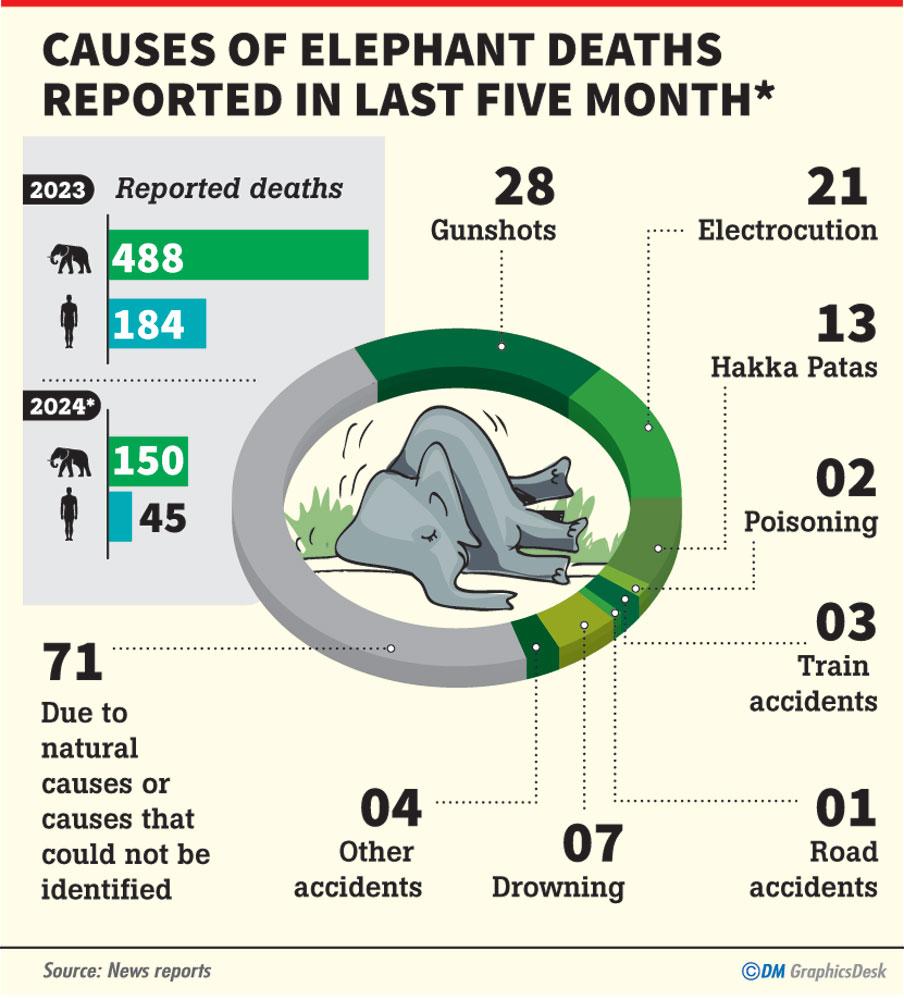Reply To:
Name - Reply Comment


Colombo, June 14 (Daily Mirror) - Sri Lanka has witnessed a staggering 150 elephant deaths within the last five months due to an array of tragic causes, reflecting the escalating conflict between humans and wildlife.
According to Wildlife Department sources, the deaths include 28 from gunshots, 21 from electrocution, 13 from ‘hakka patas’ (explosive devices hidden in food), 2 from poisoning, 3 from train accidents, 1 from a road accident, 7 by drowning, and 4 from other accidents.
Further, the causes of other deaths are owing to natural causes or causes that could not be identified.
The majority of these deceased elephants are young.
On the other hand, this tragedy extends beyond wildlife, as the ongoing human-elephant conflict has claimed 45 human lives so far this year.
According to Wildlife Department statistics, 2023 saw the deaths of 488 elephants due to various reasons including human elephant conflict while 184 human fatalities directly consequent to the conflict.
Moreover, the sources told Daily Mirror that the estimated wild elephant population, according to a 2011 survey, was 5,878. However, wildlife authorities now estimate the population ranges between 6,000 and 7,000, although this number is under threat with the current situation.
In response to the growing crisis, authorities are planning a comprehensive survey in August to obtain updated data on the wild elephant population and assess the impact of ongoing conservation efforts.
The survival of these majestic creatures hangs in the balance, demanding immediate and sustained action.
In light of the conflict, the government has planned to launch two pilot projects: the ‘Temporary Agricultural Electric Fence’ and the ‘Village Electric Fence,’ aiming to safeguard villages and farmlands affected by severe elephant-human conflicts.
This announcement came during a recent discussion led by Sagala Ratnayaka, Senior Advisor to the President on National Security and Chief of Presidential Staff, along with heads of relevant agencies.
